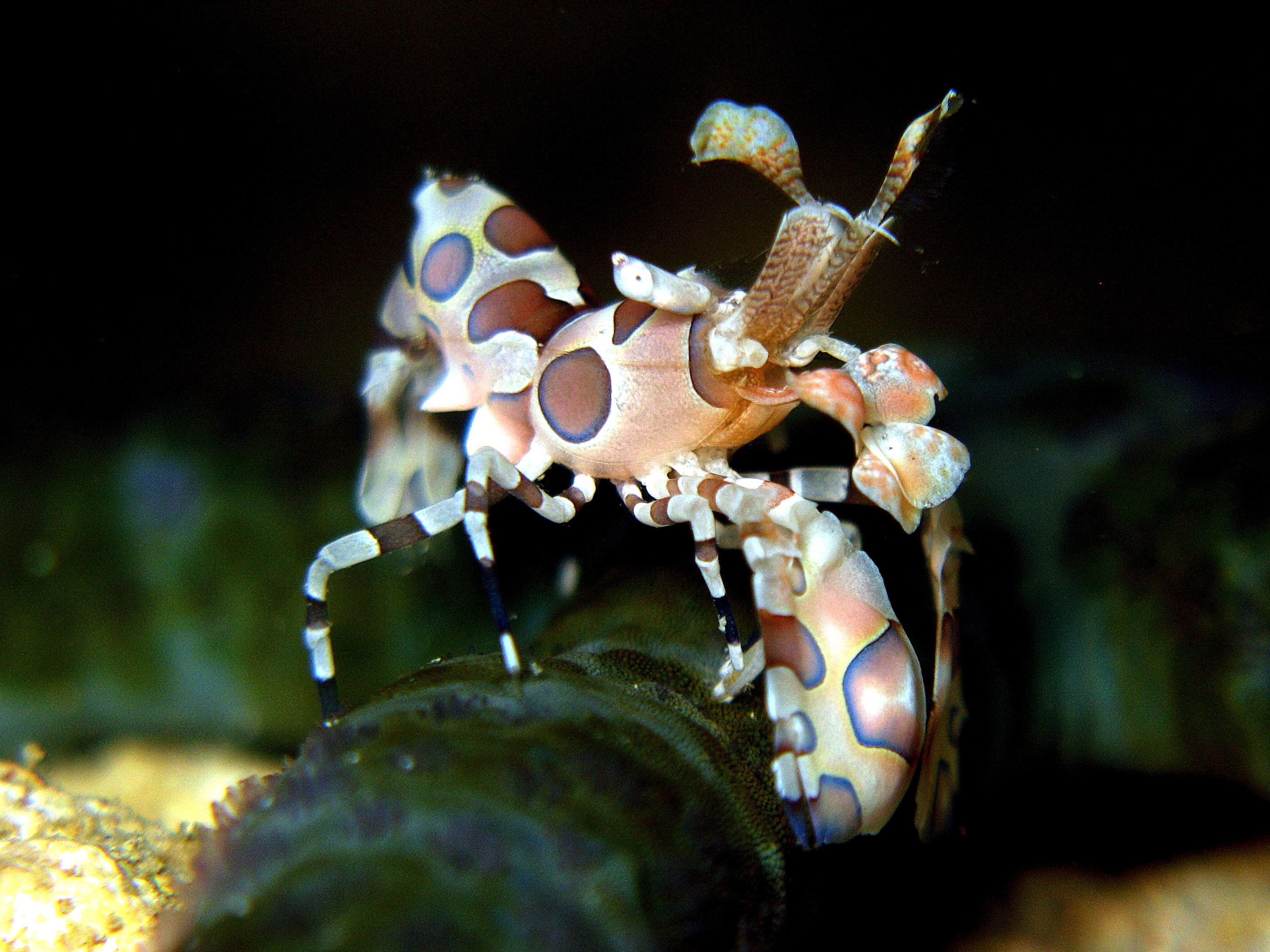|
Macrobrachium Assamense
''Macrobrachium assamense'' is a species of freshwater shrimp Shrimp are crustaceans (a form of shellfish) with elongated bodies and a primarily swimming mode of locomotion – most commonly Caridea and Dendrobranchiata of the decapod order, although some crustaceans outside of this order are refer ... that was first described in 1958. ''M. assamense'' is light brown to dark brown and found in Asia. References Palaemonidae Freshwater crustaceans of Asia Crustaceans described in 1958 {{Caridea-stub ... [...More Info...] [...Related Items...] OR: [Wikipedia] [Google] [Baidu] |
Caridea
The Caridea, commonly known as caridean shrimp or true shrimp, are an infraorder of shrimp within the order Decapoda. This infraorder contains all species of true shrimp. They are found widely around the world in both fresh and salt water. Many other animals with similar names – such as the mud shrimp of Axiidea and the boxer shrimp of Stenopodidea – are not true shrimp, but many have evolved features similar to true shrimp. Biology Carideans are found in every kind of aquatic habitat, with the majority of species being marine. Around a quarter of the described species are found in fresh water, however, including almost all the members of the species-rich family Atyidae and the Palaemonidae subfamily Palaemoninae. They include several commercially important species, such as '' Macrobrachium rosenbergii'', and are found on every continent except Antarctica. The marine species are found at depths to , and from the tropics to the polar regions. In addition to the great vari ... [...More Info...] [...Related Items...] OR: [Wikipedia] [Google] [Baidu] |
Palaemonidae
Palaemonidae is a family of shrimp in the order Decapoda. Many species are carnivores that eat small invertebrates, and can be found in any aquatic habitat except the deep sea. One significant genus is '' Macrobrachium'', which contains commercially fished species. Others inhabit coral reefs, where they associate with certain invertebrates, such as sponges, cnidarians, mollusks, and echinoderms, as cleaner shrimps, parasites, or commensals. They generally feed on detritus, though some are carnivores and hunt tiny animals. The family contains more than 1200 species in 160 genera. The genera were formerly split into two subfamilies, but in 2015, molecular and morphological research determined that the subfamily groupings were invalid. At the same time, the members of the families Gnathophyllidae and Hymenoceridae were incorporated into the Palaemonidae. Genera The following genera are recognised: *'' Actinimenes'' *''Alburnia'' *''Allopontonia'' *'' Altopontonia'' *'' ... [...More Info...] [...Related Items...] OR: [Wikipedia] [Google] [Baidu] |
Freshwater Crustaceans Of Asia
Fresh water or freshwater is any naturally occurring liquid or frozen water containing low concentrations of dissolved salts and other total dissolved solids. Although the term specifically excludes seawater and brackish water, it does include non- salty mineral-rich waters such as chalybeate springs. Fresh water may encompass frozen and meltwater in ice sheets, ice caps, glaciers, snowfields and icebergs, natural precipitations such as rainfall, snowfall, hail/ sleet and graupel, and surface runoffs that form inland bodies of water such as wetlands, ponds, lakes, rivers, streams, as well as groundwater contained in aquifers, subterranean rivers and lakes. Fresh water is the water resource that is of the most and immediate use to humans. Water is critical to the survival of all living organisms. Many organisms can thrive on salt water, but the great majority of higher plants and most insects, amphibians, reptiles, mammals and birds need fresh water to survive. Fr ... [...More Info...] [...Related Items...] OR: [Wikipedia] [Google] [Baidu] |

